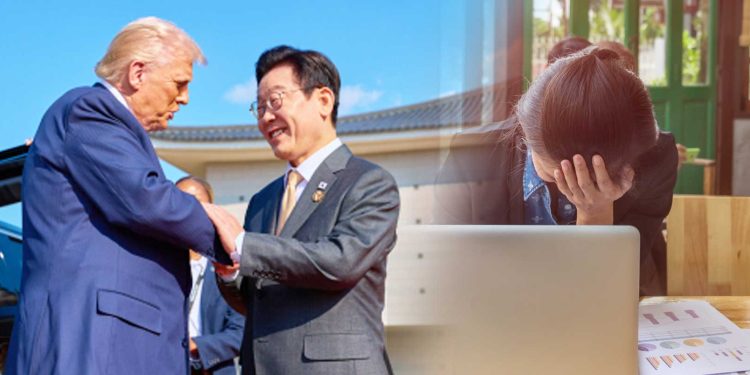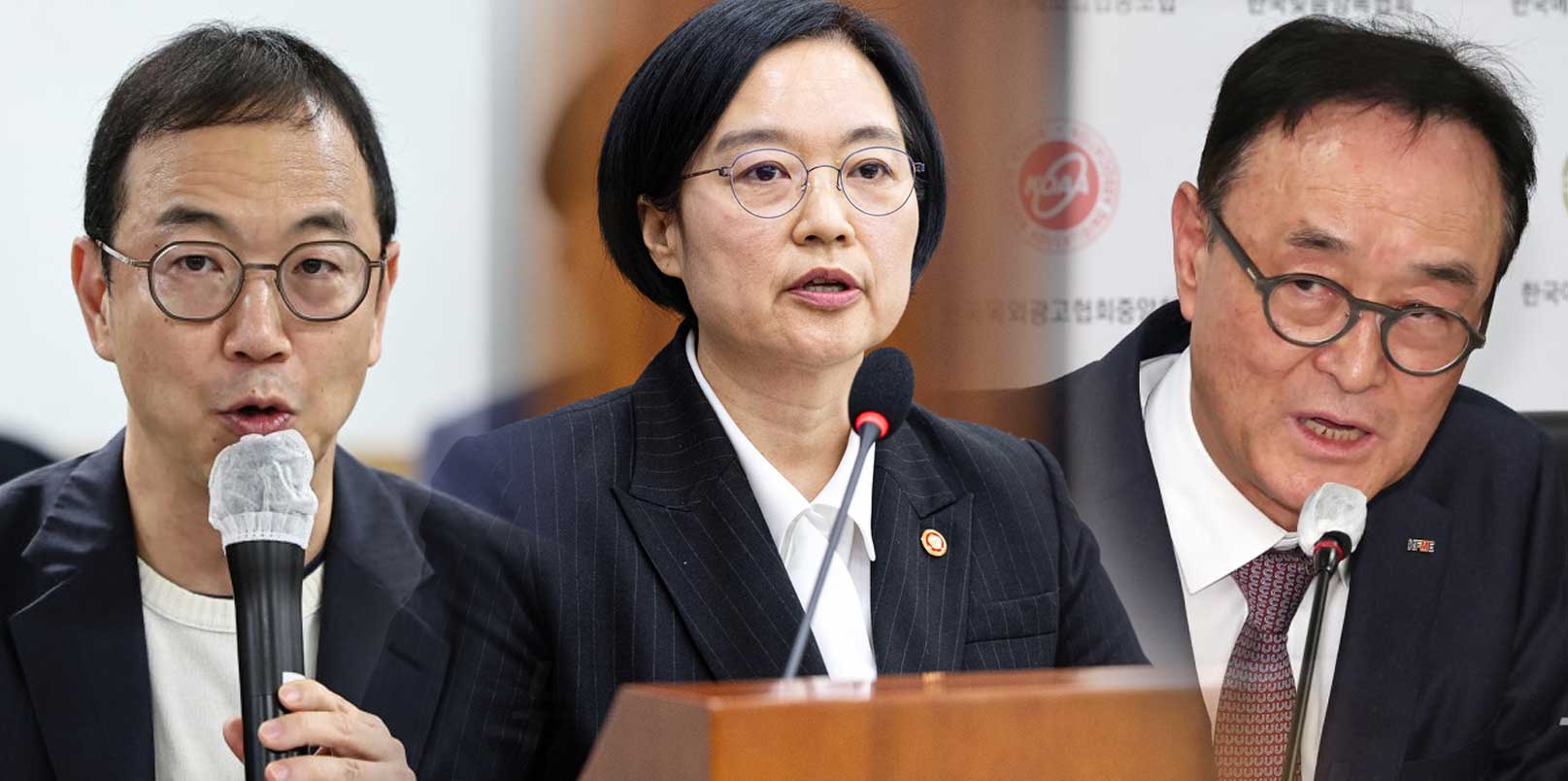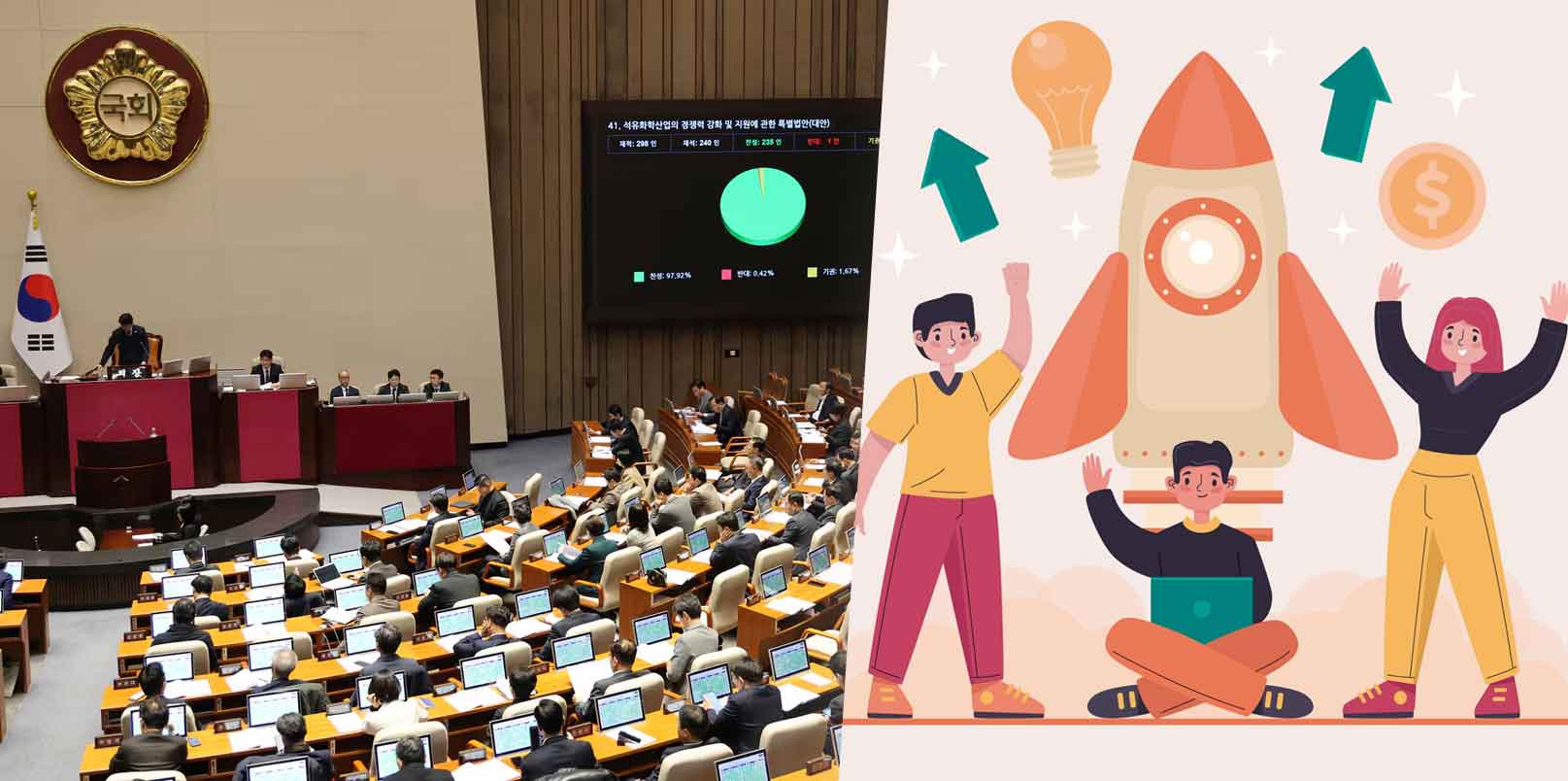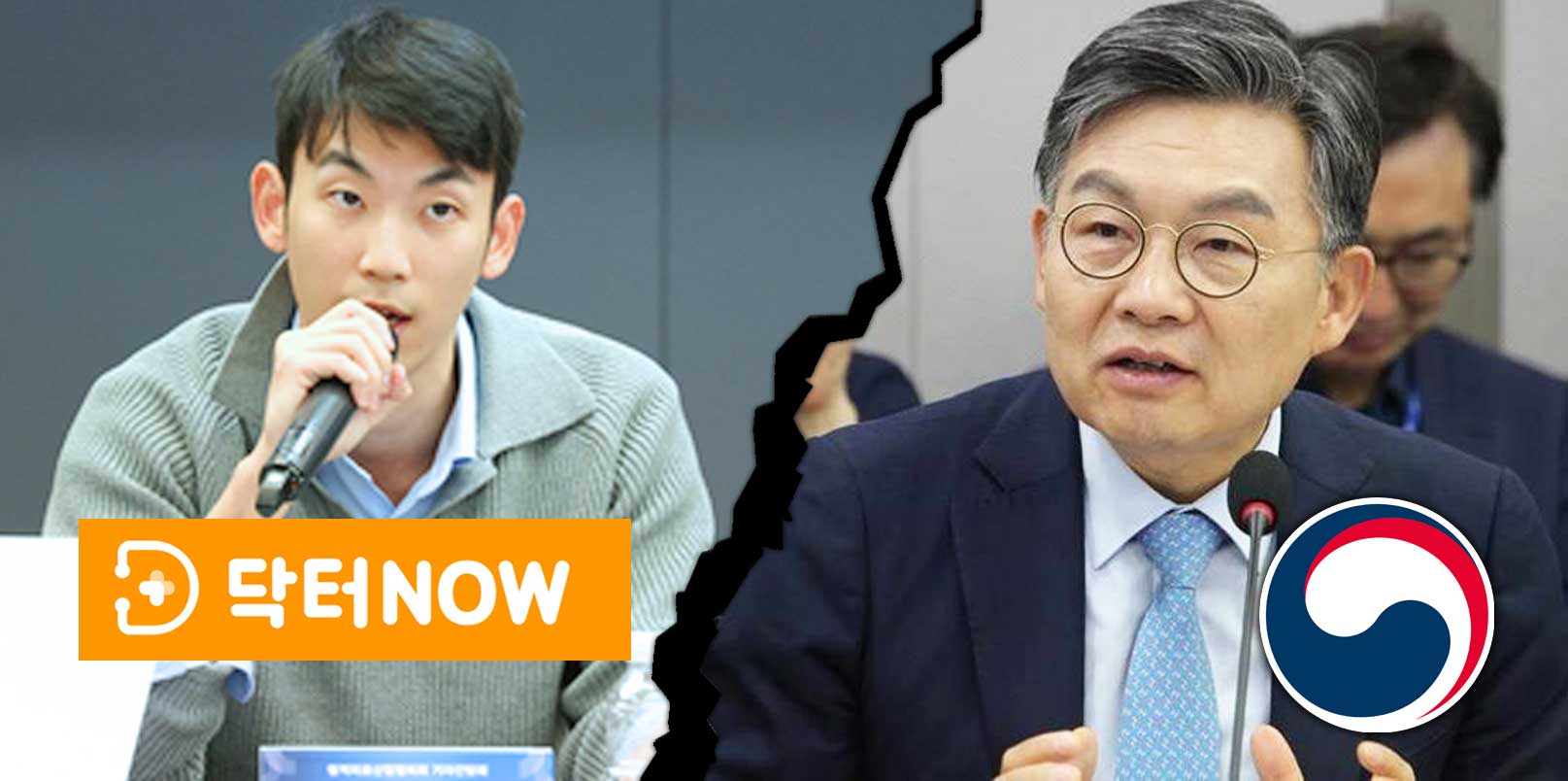The latest Korea–U.S. tariff agreement has ended months of trade uncertainty, providing relief for more than 22,000 Korean small and medium-sized enterprises (SMEs) exporting to the United States. Yet, while the new terms ease pressure across key manufacturing sectors, unresolved issues in steel and aluminum exports underscore the urgent need for structural safeguard mechanisms to protect SME competitiveness in global markets.
Korea and U.S. Finalize Tariff Agreement at 2025 Summit
On October 29, 2025, South Korean President Lee Jae-myung and U.S. President Donald Trump concluded detailed negotiations on bilateral tariffs during Korea – U.S. summit in Gyeongju, finalizing an agreement that adjusts key trade terms.
Under the new deal, tariffs on automobiles and auto parts will be reduced from 25% to 15%, while reciprocal tariffs on Korean exports will remain at 15%. The agreement follows three months of intensive negotiations and is expected to restore predictability to Korea–U.S. trade flows.
The Korea Federation of SMEs (KBIZ), representing the nation’s SME sector, welcomed the conclusion, describing it as a turning point in reducing trade uncertainty and encouraging renewed investment activity among small exporters.
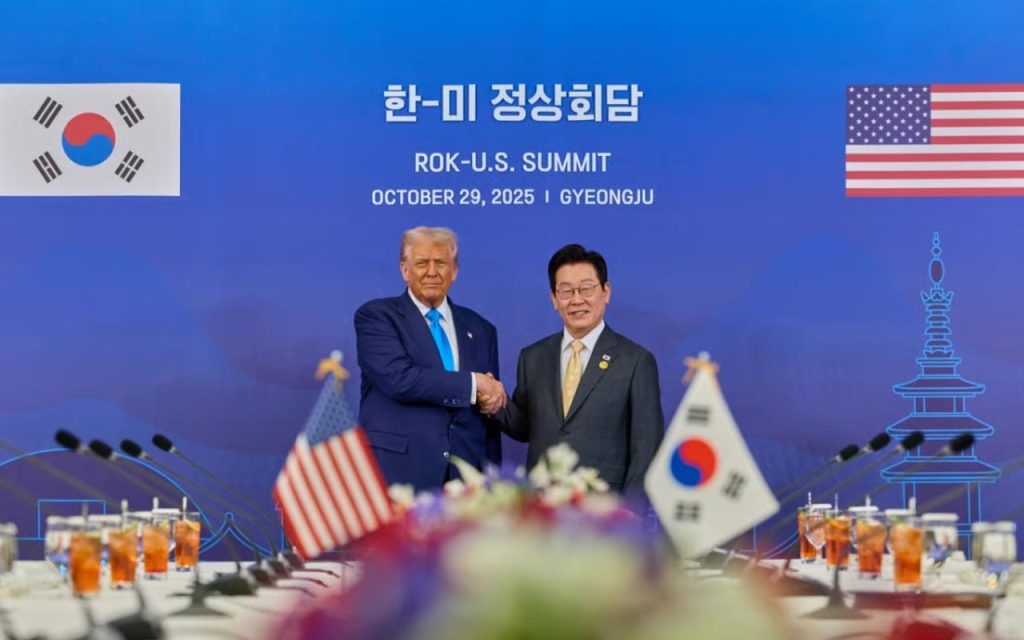
SME Community Welcomes Clarity in Trade Environment
In a formal statement released shortly after the summit, KBIZ emphasized that the agreement would help stabilize operations for 22,000 Korean SMEs currently engaged in U.S.-bound exports:
“This agreement resolves major uncertainties for exporters. SMEs can now focus on expanding investment and market presence in the United States, and we will make every effort to strengthen export performance.”
However, the organization also expressed concern that high tariffs on steel, aluminum, and derivative products remain in place at 50%, creating ongoing difficulties for manufacturing-based SMEs.
KBIZ then noted,
“While the reduction of automobile tariffs is a positive outcome, continued high tariffs on steel and aluminum severely impact SMEs in related sectors. We urge the government to introduce follow-up measures promptly.”
The Urgency of Korea – U.S. Tariff Agreement 2025
The Korea – U.S. tariff negotiations had been a key concern for Korea’s export ecosystem throughout 2025, given that the United States ranks among Korea’s most significant export destinations.
In 2024, Korean exports to the U.S. exceeded KRW 500 billion (~ USD 360 million) — a substantial share generated by SMEs in industries such as cosmetics, textiles, automotive parts, and industrial materials.
The prolonged negotiation process had caused uncertainty in export planning, supply chain management, and capital investment for small firms reliant on predictable U.S. market access. The latest deal, therefore, restores short-term confidence while setting the stage for renewed bilateral cooperation.
However, industry analysts caution that partial tariff relief still exposes structural weaknesses in Korea’s SME support system — particularly for manufacturing exporters dependent on raw material pricing and cross-border logistics.
Short-Term Export Clarity VS Potential Export Shocks
During the summit, Presidential Policy Chief Kim Yong-bum stated that the agreement represents a balance between trade normalization and domestic industry protection, reaffirming Korea’s position as a reliable trade partner to the U.S.
Kim Yong-bum stated,
“The agreement maintains reciprocal tariffs at 15% and introduces fairer conditions for automobile and parts exports.”
The SME community, while supportive, continues to advocate for follow-up policy frameworks. These include compensation mechanisms, risk diversification incentives, and access to financial stabilization funds under the Ministry of SMEs and Startups (MSS) to mitigate potential export shocks in sensitive sectors such as metals and heavy manufacturing.
Korea – U.S. Tariff Agreement 2025: A Test Case for SME Global Resilience
The Korea–U.S. tariff deal serves as an indicator of how trade policy directly shapes Korea’s startup and SME globalization strategy.
SMEs form the backbone of Korea’s export economy, yet they remain highly exposed to geopolitical and tariff-driven risks. This has become even more concerning since the end of the de minimis duty-free rule, a rule that allows small-parcel exports to the United States to enter without tariffs. The policy change led to higher logistics and customs costs for Korean SMEs, particularly those relying on steel-based materials such as aluminum packaging and stainless-steel tumblers often tied to K-pop and lifestyle merchandise. These items have reportedly seen price increases of up to 50%, weakening U.S. consumer demand.
The experience revealed how quickly regulatory shifts can disrupt Korea’s consumer-export sectors, including K-beauty, K-food, and K-pop merchandise, which have been major drives in Korea’s cultural export momentum.
The latest tariff developments further emphasize this point, underscoring the urgent need for more comprehensive SME safeguard mechanisms.
While the 2025 Korea–U.S. tariff agreement has eased immediate pressure on several export industries, the continued burden on steel, aluminum, and related materials highlights structural risks that extend across multiple sectors. To strengthen resilience, industry observers stress the importance of multi-layered safeguards, including:
- Cross-ministerial coordination among MSS, MOTIE, and MOFA for trade crisis response.
- Enhanced credit guarantees for export-dependent SMEs facing market volatility.
- Sector-specific monitoring systems that can identify and manage emerging risks in global supply chains.
At the same time, these shifts mark a broader evolution in Korea’s economic approach — one moving beyond rapid expansion toward sustainable, risk-managed globalization. By aligning trade diplomacy with SME resilience, Korea is positioning its innovation-driven export ecosystem to endure in a more uncertain global market.
Toward a Safer Globalization Model
Finally, the Korea–U.S. tariff agreement relieves immediate pressure on Korean exporters, but it also sends a broader signal: sustainable globalization requires structural resilience.
As Korea’s Ministry of SMEs and Startups and KBIZ refine post-agreement strategies, the focus will increasingly shift toward protecting SME viability abroad, not only through tariff diplomacy but through integrated risk management, financial safety nets, and international cooperation frameworks.
This moment reflects a defining transition for founders and investors as policy and innovation intersect to build a more secure foundation for global SME growth.
– Stay Ahead in Korea’s Startup Scene –
Get real-time insights, funding updates, and policy shifts shaping Korea’s innovation ecosystem.
➡️ Follow KoreaTechDesk on LinkedIn, X (Twitter), Threads, Bluesky, Telegram, Facebook, and WhatsApp Channel.


